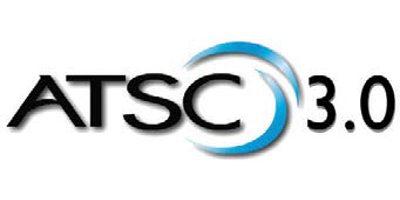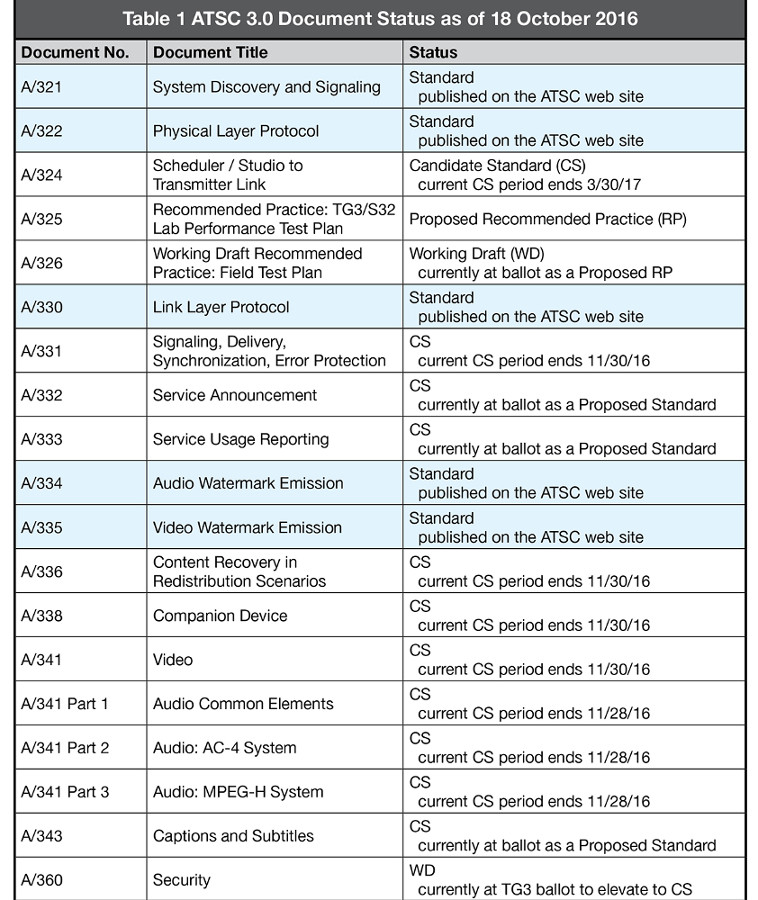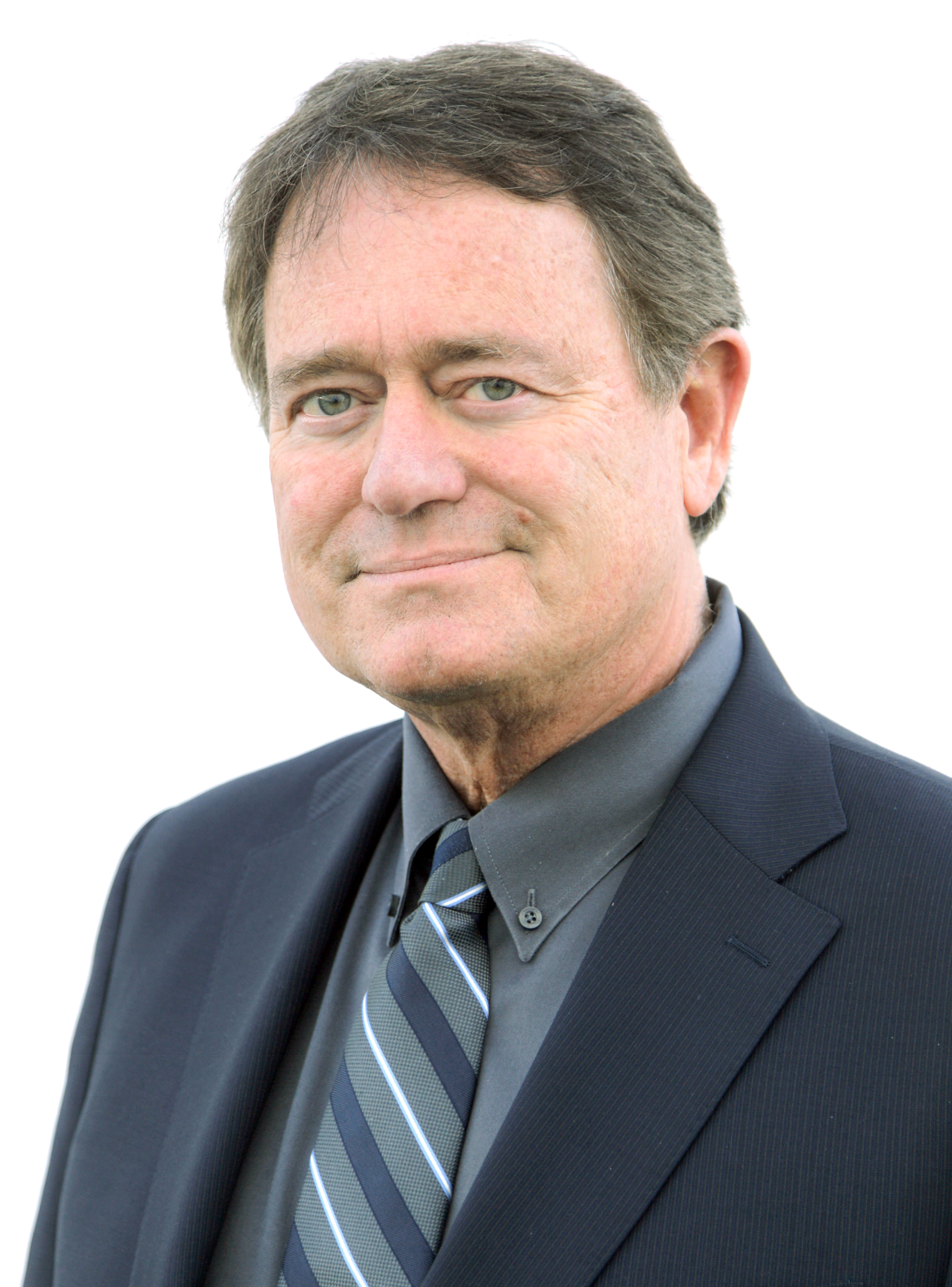ATSC 3.0 Standard to be Ready by 2017 NAB Show
ALEXANDRIA, VA.—I am pleased to report that we are making excellent progress toward completion of ATSC 3.0—the next generation digital television system. This has been a complicated effort because ATSC 3.0 is not just one standard; rather, it is a suite of about 20 separate standards. Each standard moves through the process at its own pace.

The key focus at this time is to finish work on the critical elements of ATSC 3.0 so that implementations of the complete system can begin. The first widespread implementation of ATSC 3.0 will be in Korea, where the stated goal is to have their new system up and running in time for coverage of the 2018 Winter Olympics in Pyeongchang.
FUTURE PROOFING
There are many steps from an idea (User Requirements) to a finished document (Standard). In any technical project, it takes time to get all of the details right. It is particularly important to get a standard right, since it may be used for years or even decades. At the risk of going into too much “inside baseball” detail, there are four major document classifications within ATSC, namely: Working Draft, Candidate Standard, Proposed Standard, and Standard. Each step forward requires agreement of the appropriate group of experts, and with each step the document moves closer to its final state.
Our long-established goal has been to finalize most of the ATSC 3.0 documents by the end of 2016, with completion of all in the first or second quarter of 2017. Despite the challenges, I am pleased to report that we remain largely on schedule.
For a variety of reasons, ATSC is working to complete the ATSC 3.0 suite of documents before the annual NAB Show in April, which is a good “demarcation point” in that it tends to focus efforts and activities within the broadcast and related industries. We expect to be able to head off to Las Vegas in April with ATSC 3.0 essentially completed. Work will probably continue on certain elements, but the fundamental technologies will be documented and published so that implementations can begin.
In any complex project, it is difficult to make generalizations. Having said that, if I were to divide up the last six years of intense work on ATSC 3.0, it would be broadly split into three distinct periods:
Get the TV Tech Newsletter
The professional video industry's #1 source for news, trends and product and tech information. Sign up below.
·2010 – 2012—Planning: Initial work focused on developing User Requirements and Use Cases for what the next-generation DTV system should be able to provide for consumers.
·2012 – 2014—Technology: Dozens of new technologies were proposed for inclusion in ATSC 3.0. Following established procedures, those technologies were discussed, evaluated, and selected.
·2014 – 2016—Document Development: With the fundamental architectures of ATSC 3.0 agreed upon, work began in earnest to document the technologies and to make sure all of the elements would work together to yield a flexible, efficient, and reliable service.
Looking forward, 2017 and beyond will be the period of implementation. For the U.S., there are many moving parts—some of which have uncertain timelines (e.g., regulatory issues). Still, the question is “when” not “if.”
KEEPING SCORE
With 20 or so documents comprising ATSC 3.0, it is difficult to remember where things stand without a scorecard. For that, check out Table 1; the rows highlighted in the table are finished standards currently published on the ATSC web site.
Table 1: ATSC 3.0 Document Status as of Oct. 18, 2016.

Click on the Image to Enlarge
In addition to the documents shown in Table 1, there are several others in development (Working Drafts) that are expected to move forward soon, including:
·A/300, “ATSC 3.0 System”
·A/323, “Physical Layer Uplink/Downlink”
·A/337, “Application Signaling”
·A/344, “Application Runtime Environment”
Right now, one Recommended Practice has advanced to Proposed RP (A/325 as shown in Table 1). Additional RPs are expected to be written to help the TV industry implement ATSC 3.0.
Looking beyond next year when ATSC 3.0 has been “completed,” it is certain that work will continue to expand, improve, and clarify certain elements of certain standards within the ATSC 3.0 suite. This is nothing new for ATSC (or any other standards development organization). As an obvious case in point, routine work on certain elements of ATSC 1.0 (the current DTV system) continued at a steady pace for more than 10 years after the initial standard was approved. This is the natural evolution of a complex system.
Work in ATSC is open to all with a direct and material interest in the work. All ATSC Standards, Candidate Standards, and Recommended Practices can be downloaded at no charge from the ATSC Web site at http://www.atsc.org.
Jerry Whitaker is Vice President for Standards Development at the Advanced Television Systems Committee. He can be reached viaTV Technology.
For more on this subject, visit our ATSC 3.0silo.

